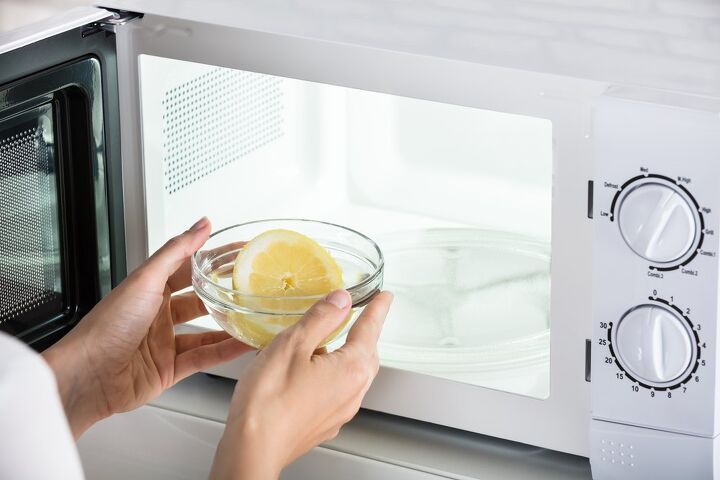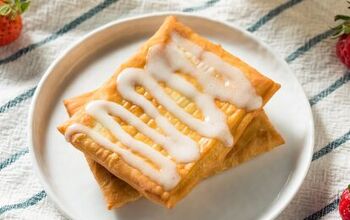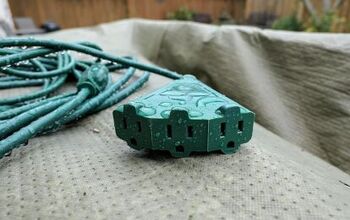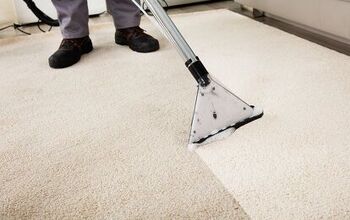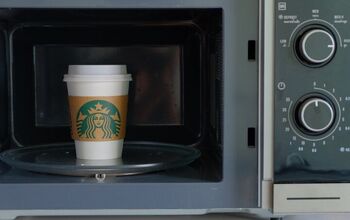Can You Microwave Pyrex? (Find Out Now!)

Pyrex has been manufacturing top-of-the-line kitchenware for years, and few, if any, can measure up to their track record. One of the most appealing qualities of Pyrex kitchenware is that it’s heat-resistant.
Sure, Pyrex kitchenware can withstand high heat, but can it be used in the microwave? After all, the microwave heats in a unique way. Let’s find out!
Microwaving Pyrex shouldn’t give you any issue, but you should be aware of the Pyrex’s temperature before you put it in the microwave. If the Pyrex is extremely cold when it goes in the microwave, this sudden switch from hot to cold could cause the Pyrex to crack, shatter, or explode. Otherwise, Pyrex is reliable kitchenware.
Microwaving Pyrex: Shocking & Temperature Changes
Pyrex has explicitly endorsed using its products in the microwave, though they acknowledge you should avoid “shocking”. If, for example, you take a Pyrex dish out of the freezer and immediately stick it in the microwave, such would be shocking; the dish is going from one extreme temperature to the other in a very short amount of time.
And it’s not just the microwave. You should avoid pouring hot water in cold Pyrex and avoid placing cold Pyrex on a hot surface, like a cooktop or stove. Glass products—as well as products made of other materials too—can crack and/or shatter when they go through shocking, and such is why you should avoid this when using dependable Pyrex.
Pyrex is definitely sturdy glass, but even this can’t handle a rapid temperature change in most cases. Uneven, quick expansion will most likely result in breakage of some kind. But aside from shocking, Pyrex can endure a lot. No wonder it’s been sought for decades!
The Durability of Pyrex
Microwaving Pyrex—when the Pyrex hasn’t been sitting in the freezer for the past several hours—is a different story completely. You won’t have anything to worry about when you do this, and such can’t be said for products made of other materials.
Pyrex has always stood by the durability of its products, and they’ve definitely shown that their products can withstand the test of time. But one still needs to follow the manufacturer’s recommendations when using Pyrex, or else they could subject their Pyrex to a situation that it can’t handle.
Does Pyrex Melt?
When it comes to microwaving Pyrex, you don’t have any cause to worry about melting. Pyrex is constructed using borosilicate glass, and this reinforced material can not only withstand microwave heat but oven and stovetop heat as well. This glass is made of silicon and boron, and this combination creates a toughness that other glasses can’t deliver.
But what’s especially great about Pyrex is that even though the glass is durable, this doesn’t come at the cost of practicality or appearance. You can have a kitchen full of Pyrex products and get durability along with visually appealing consistency.
According to the company, Pyrex melts at 1510°F or 820°C. Most appliances in the kitchen can’t heat to even near this level, so you really don’t have to worry about melting when you’re using Pyrex. Even if your microwave was malfunctioning, there’s no way it could reach a temperature of this elevation and destroy your Pyrex.
Microwave Pyrex Safety: Tips You Can’t Ignore
Using Pyrex is easy and straightforward. Even if you drop Pyrex kitchenware from a decent height, there’s a very good chance it won’t break. And since Pyrex doesn’t melt until an extremely high temperature is exceeded, you don’t have to worry about melting while you’re using Pyrex at home. These tips, if followed properly, will help you use Pyrex more safely.
If You Can’t Avoid the Cold-Hot Transition
If you can’t avoid the transition from cold to hot, then you should gradually heat your Pyrex. This applies to Pyrex dishes, jugs, cups, bowls, etc. When pursuing this method, you should avoid setting heating-time increments that are longer than 15 seconds.
After you heat the Pyrex for 15 seconds, take it out and let it sit for a moment. After a brief inspection, pop it back in the microwave for another 15 seconds. If you hear what sounds like crackling, cracking, or someone popping bubble wrap, then you should take the Pyrex out immediately and lower the heating-time increments; 10 seconds will probably be sufficient.
These noises may indicate that the Pyrex is not withstanding the temperature transition well, and the whole item may shatter if you’re not watching things carefully. The longer Pyrex is left to warm naturally after being in an extreme temperature, the less you’ll have to worry about heating damaging it.
Heating in Increments
The heating-in-increments method addressed above can also work with heating Pyrex on a stove. It’s less effective when using an oven, as the opening and closing of the oven door frequently is a huge hassle.
If planning ahead allows you to avoid an instance where you take extremely cold Pyrex and put it on an extremely hot surface—or expose it to extremely hot liquid, gas, etc.—then you should definitely plan ahead.
Removing Condensation
If you notice condensation on your Pyrex item, this needs to be removed before you pop the item into the microwave. The condensation could weaken the Pyrex and make it more susceptible to cracking.
Heating Pyrex on Low-Power Mode
If you’re worried about your Pyrex kitchenware’s durability, you can use low-power mode to heat. Low-power mode, in combination with small heating-time increments, can ensure that your Pyrex stays intact throughout its time in the microwave.
From Cool to Hot
In most cases, a cool piece of Pyrex will not pose the same risk that a piece of frosted Pyrex will. In other words, if you’re taking Pyrex out of the refrigerator and putting it in the microwave, you don’t have to worry as much as if you were taking it out of the freezer and putting it in the microwave.
Pyrex is sturdy glass, and while most materials can’t withstand rapid swings from one temperature extreme to the other, it can withstand a moderate temperature change—like the one that would come from a refrigerator to microwave transition.

Matt loves everything DIY. He has been learning and practicing different trades since he was a kid, and he's often the first one called when a friend or family member needs a helping hand at home. Matt loves to work with wood and stone, and landscaping is by far his most favorite pastime.
More by Matthew Mountain



